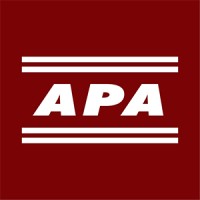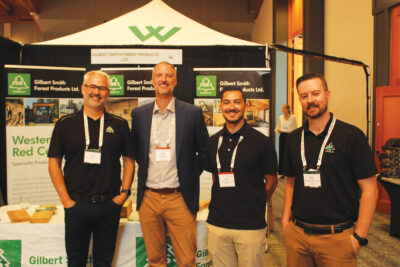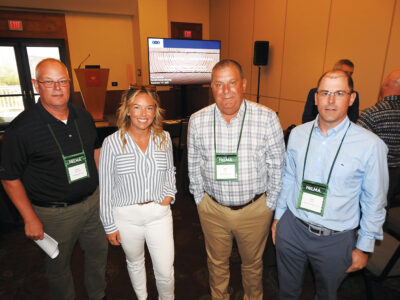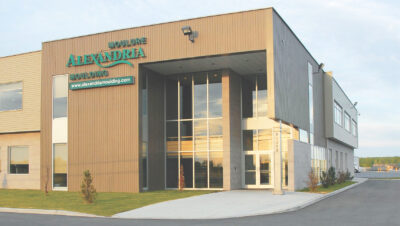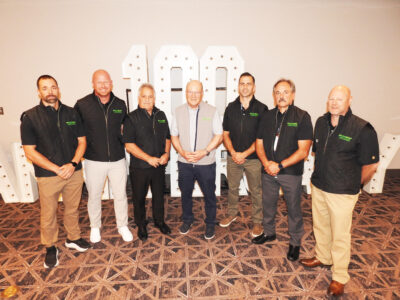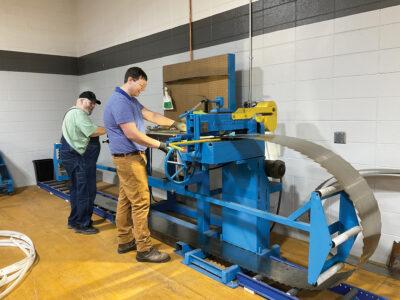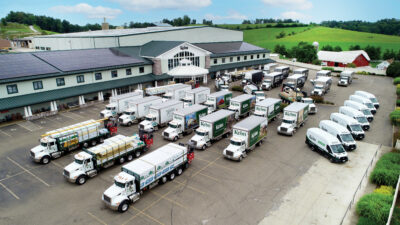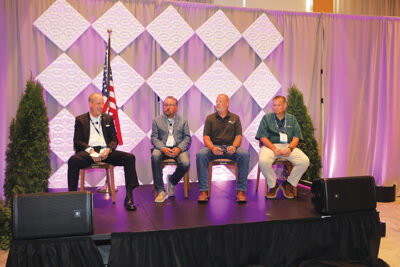
APA Names EWTA Successor
Linley Post
Linley Post has been named the new senior manager of program and business development and will assume day-to-day management of the Engineered Wood Technology Association (EWTA) following LaDauna Wilson’s retirement. Linley brings 15 years of experience in B2B and B2C sales and marketing, recently serving as the channel marketing manager at Matthews Marking Systems – an EWTA member company. Linley also has extensive experience in digital marketing, working for a custom wood manufacturer. Linley stepped into this new role on April 1.
Linley assumes EWTA management from LaDauna Wilson, who retired March 31 after 30 years of service to APA and EWTA. Throughout her tenure, LaDauna played a significant role in supporting many key APA initiatives while working within the Quality Services and Market Communications divisions. She has supported EWTA’s mission for the last five years, shepherding lasting industry relationships. APA and EWTA wish her the best in retirement and thank her for her years of service to the industry.
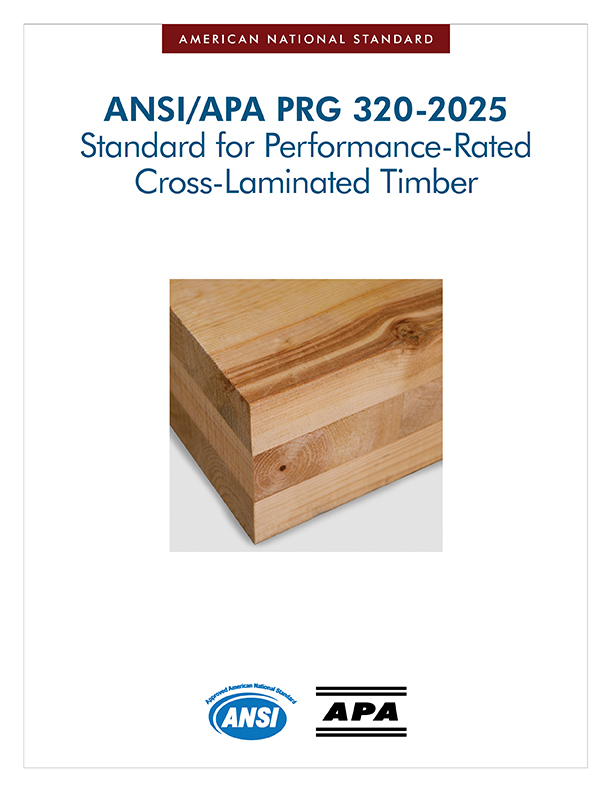
ANSI/APA Cross-Laminated Timber Standard Updated for 2025
APA’s American National Standard focusing on performance-rated CLT has been updated since the last revision in 2019.
ANSI/APA PRG 320-2025, Standard for Performance-Rated Cross-Laminated Timber, developed under the due process requirements, was approved for publication on January 27 by the American National Standards Institute (ANSI), a private nonprofit group that supervises the creation of voluntary consensus standards for U.S. products, systems and services.
The 72-page ANSI/APA standard includes requirements and test methods for qualification and quality assurance for performance-rated cross-laminated timber made from solid-sawn lumber or structural composite lumber (SCL) intended for construction applications. It also includes information on marking, dimensional tolerances, performance criteria and product evaluation practices.
Among the changes in the updated standard:
- Qualified certification agencies, qualified inspection agencies and recognized accreditation bodies must be based in the United States or Canada.
- Non-standard lumber grades (outside those approved by the American Lumber Standards Committee and the Canadian Lumber Standards Accreditation Board) for CLT production are now permitted if the lumber is mechanically graded in accordance with ASTM D6570. They must also meet or exceed those of the minimum standard lumber grades.
- Established sampling criteria for grade enhancement.
- The moisture content requirements for laminations at the time of manufacture have been revised, and the method of measuring moisture content for lumber has been clarified.
- Added a section on hardwood failure criteria and one on hardwood layup.
- Added an engineering model for unbalanced layups.
APA has a long and extensive history in building codes and standards development activities. It serves as the secretariat for the standing committees of U.S. Voluntary Product Standard PS 1, Structural Plywood and Voluntary Product Standard PS 2, Performance Standard for Wood Structural Panels, the U.S. harmonized performance standard developed under the U.S.-Canada free trade agreement. Additionally, APA has developed performance standards over the years for numerous engineered wood products, including plywood siding, wood structural panel sheathing, structural glued laminated timber (glulam), wood I-joists, rim board, and cross-laminated timber.
